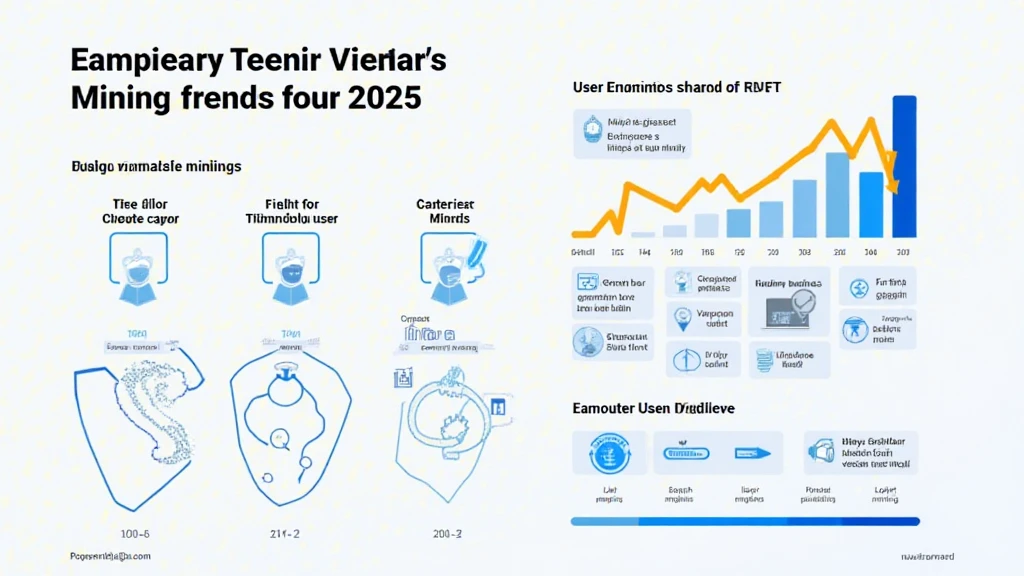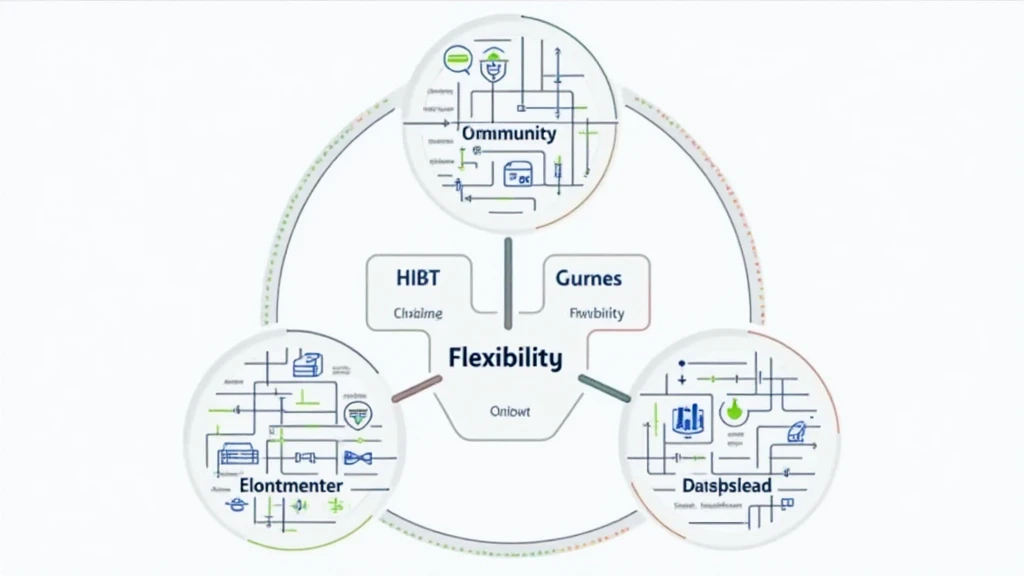Bitcoin Tax Reporting Automation: Simplifying Your Crypto Obligations
As the cryptocurrency market continues to expand, the regulatory landscape is becoming more complex. In 2024 alone, it was reported that around $4.1 billion was lost due to hacks in decentralized finance (DeFi). With a rising number of users investing in Bitcoin and altcoins, understanding Bitcoin tax reporting automation is imperative for anyone engaging in cryptocurrency transactions. The question arises: how can we navigate these tax complexities efficiently?
This article delves deep into Bitcoin tax reporting automation, highlighting its significance and offering insights into its practical implementation. From tax compliance to detailed reporting processes, we will explore the tools available that streamline these requirements. Whether you’re an individual investor in Vietnam, where the cryptocurrency user growth rate exceeds 30%, or a business entity dealing in digital assets, this guide is designed to help you effortlessly manage your tax obligations concerning Bitcoin transactions.
Understanding the Need for Bitcoin Tax Reporting Automation
With the boom in cryptocurrency investments, tax authorities worldwide have intensified scrutiny over cryptocurrency transactions. There are many reasons for the growing need for automation in tax reporting:

- Regulatory Compliance: As regulations evolve, individuals and businesses must comply with tax obligations to avoid penalties.
- Transaction Complexity: For many investors, the number of transactions can be overwhelming to track manually.
- Time Efficiency: Automation saves significant time, allowing investors to focus on their investment strategies rather than paperwork.
The Automation Process: How Does it Work?
Here’s the catch: Bitcoin tax reporting automation involves integrating technology and software that simplifies data collection, processing, and reporting. Let’s break it down into a three-step process:
- Data Collection: Gathering transaction data from exchanges and wallets. Automation tools can connect directly to platforms like Binance and Coinbase to extract necessary data.
- Data Processing: Analyzing transactions to calculate taxable events (trading, selling, staking). Algorithms can categorize transactions as capital gains or losses based on current tax regulations.
- Report Generation: Producing tax forms like IRS Form 8949 that report capital gains and losses for investors in the United States. Automated tools ensure these reports are filled correctly.
Choosing the Right Automation Tool
When selecting a Bitcoin tax reporting automation software, consider the following factors:
- Integration Capabilities: Ensure the software can work with multiple exchanges and wallets.
- User Experience: A user-friendly interface makes data input and report generation straightforward.
- Compliance Updates: The tool should provide updates in response to changing regulations.
For example, software like CoinTracking allows users to import their transaction history seamlessly and offers comprehensive tax reporting features. This can be particularly beneficial for new users in Vietnam, where the crypto scene is rapidly developing.
The Benefits of Bitcoin Tax Reporting Automation
Implementing automated systems for Bitcoin tax reporting comes with a myriad of advantages:
- Accuracy: Reduces human error in calculations and ensures compliance.
- Time-Saving: Quicker processing reduces time spent on tax reporting.
- Real-Time Tracking: Automated tools can provide up-to-date transaction insights for better decision-making.
Challenges and Considerations
While automation provides substantial benefits, there are challenges to be aware of:
- Data Security: Ensuring the tool maintains high standards for data security is crucial to protect sensitive financial information.
- Cost: Some advanced automation tools may incur costs that need to be justified by the time saved.
- Learning Curve: Users may require training to effectively use these tools.
Future of Bitcoin Tax Reporting
According to Chainalysis, by 2025, we can expect a significant increase in the implementation of automated tax solutions within the blockchain industry. As the user growth in markets like Vietnam continues to expand, the demand for comprehensive tax solutions tailored for crypto users will likely rise.
For investors, staying informed about these developments is crucial for navigating the future landscape of cryptocurrency taxation.
Conclusion
In conclusion, understanding and leveraging Bitcoin tax reporting automation is essential for effective tax compliance in the evolving world of cryptocurrency. Whether you’re an individual or a business, utilizing automated solutions can streamline your reporting processes and help mitigate risks associated with non-compliance.
By embracing these tools, investors can focus more on their trading strategies rather than spending hours on tax calculations. As the cryptocurrency landscape continues to grow, ensuring you’re ahead of the curve with automated solutions will prepare you for the complexities that lie ahead.
For further insight into navigating cryptocurrency taxes in Vietnam, don’t forget to check our comprehensive Vietnam crypto tax guide. Remember, this guide does not constitute financial advice; always consult with your local regulatory bodies.
Author: Dr. John Smith
Dr. John Smith is a financial consultant and renowned blockchain expert with over 20 published papers in the field of cryptocurrency compliance, and he has led audits for several high-profile projects.





